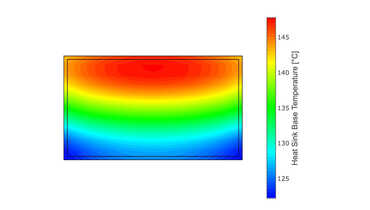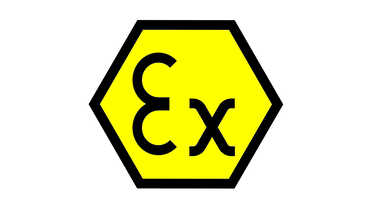Researchers at Lehigh University in Bethlehem, Pennsylvania, have recently been able to identify for the first time an increase in the performance in the electrical conductivity of random nanowire networks achieved by slight restriction of nanowire orientation. What is special about the study results, however, is that the more heavily arranged configurations do not overperform the randomly arranged configurations. In the case of metal nanowires, the random orientation causes an increase in conductivity. The current May issue of the journal "Scientific Reports Nature" has published the study results of Dr. Tansu and his research team. The researchers' work focuses on the development of a computer model that simulates a metal-nanowire network that will accelerate the process and configuration of idealized nanowires. The model of Dr. Tansu's research group confirms older research results from experimental reports that have already been carried out.
Metal nanowires as ITO replacements
Currently, indium tin oxide (ITO) is the most commonly used material for transparent conductors in flat panel displays, PCAP touch screens, solar cells and light-emitting diodes. Since, in addition to very high conductivity, it also has high transparency. However, ITO-based technology is no longer up-to-date. On the one hand, the material is slowly becoming scarce, it is expensive to produce and very brittle, which is a particularly undesirable property for our future technologies of today in the field of flexible electronics.



